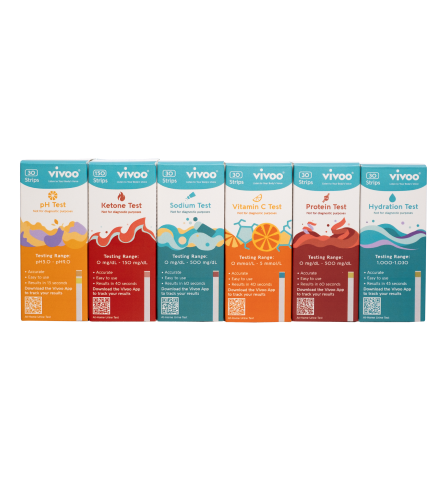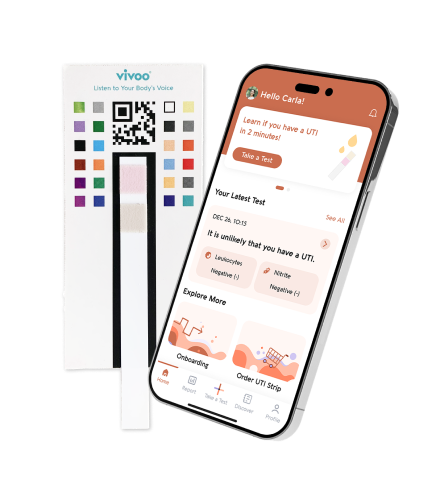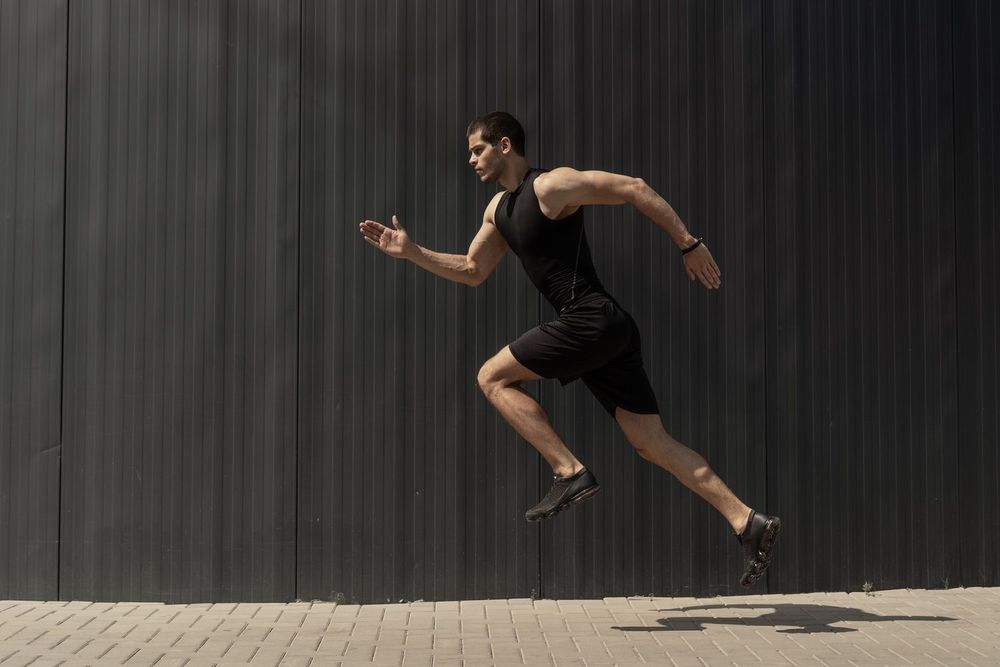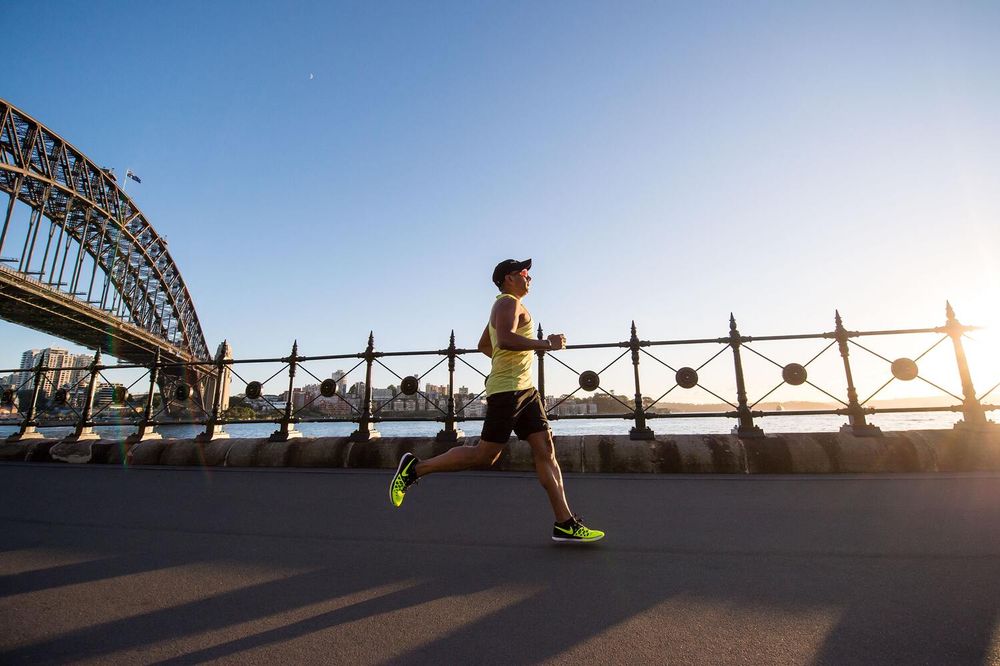How fit are you?
Fitness level generally depends on your endurance and strength levels. One very important measure to learning your fitness level is keeping track of your heart rate- heartbeats per minute, while working out. Different factors affect what your target heart rate should be while working out. However, while at rest, a higher heartbeat per minute shows you are unfit. To compare yourself, a resting heart rate for an athlete should range between 40-50 beats per minute (bpm).
Body fitness entails a lot. Heart rate is a crucial indicator of your overall body fitness. Therefore, as an athlete, you should monitor how fast your heart beats when you are on track or just relaxing.
What is heart rate?
Knowing your heart rate as an athlete is one of the most important things. If you have a high heart rate per minute, it means you are not fit. So, what exactly is heart rate, and what does it tell about your health?
Heart rate is the rate of heartbeat that is measured by the number of heart contractions per minute. The average heart rate is 60-100 beats per minute. It happens when you are relaxed and not engaging in any strenuous or physical activity.
When you have a lower heart rate at rest, your heart is more efficient in how it functions. For instance, a well-trained athlete will have a heart rate of about 40 beats per minute when at rest.
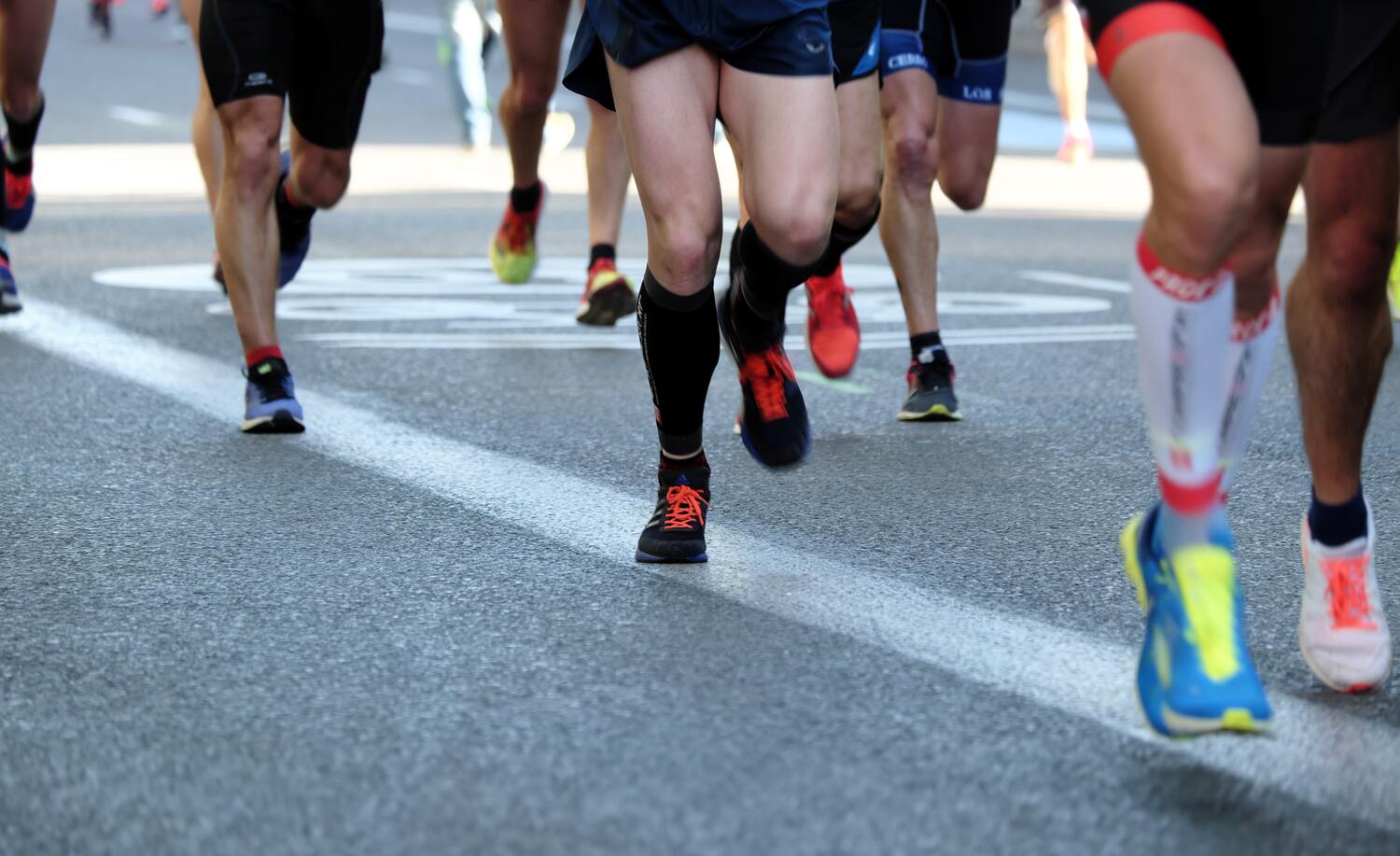
How do you get your heart rate?
If you want to check your heart rate, you can place your third and index fingers on your neck just close to the side of your windpipe. Place your two fingers between the tendon and the bone on your wrist just over the radial artery.
Count the number of beats in 15 seconds and multiply that number by 4 to get your heart rate per minute.
When checking your heart rate, you should be aware that the following factors may affect it differently:
- Smoking
- Age
- Activity level
- Fitness level
- Medications
- Body size
- Air temperature
- Cardiovascular diseases like diabetes and high cholesterol level
- Emotion
- Medications
Heart Rate Effect on Sports Performance
Athletes should have the lowest average heart rate compared to the average population. That is, the resting heart rate should be low for maximum endurance on the field.
A young athlete will have a heart rate of about 40-50 beats per minute. During exercise, an athlete’s heart rate can go up to 180-200 bpm.
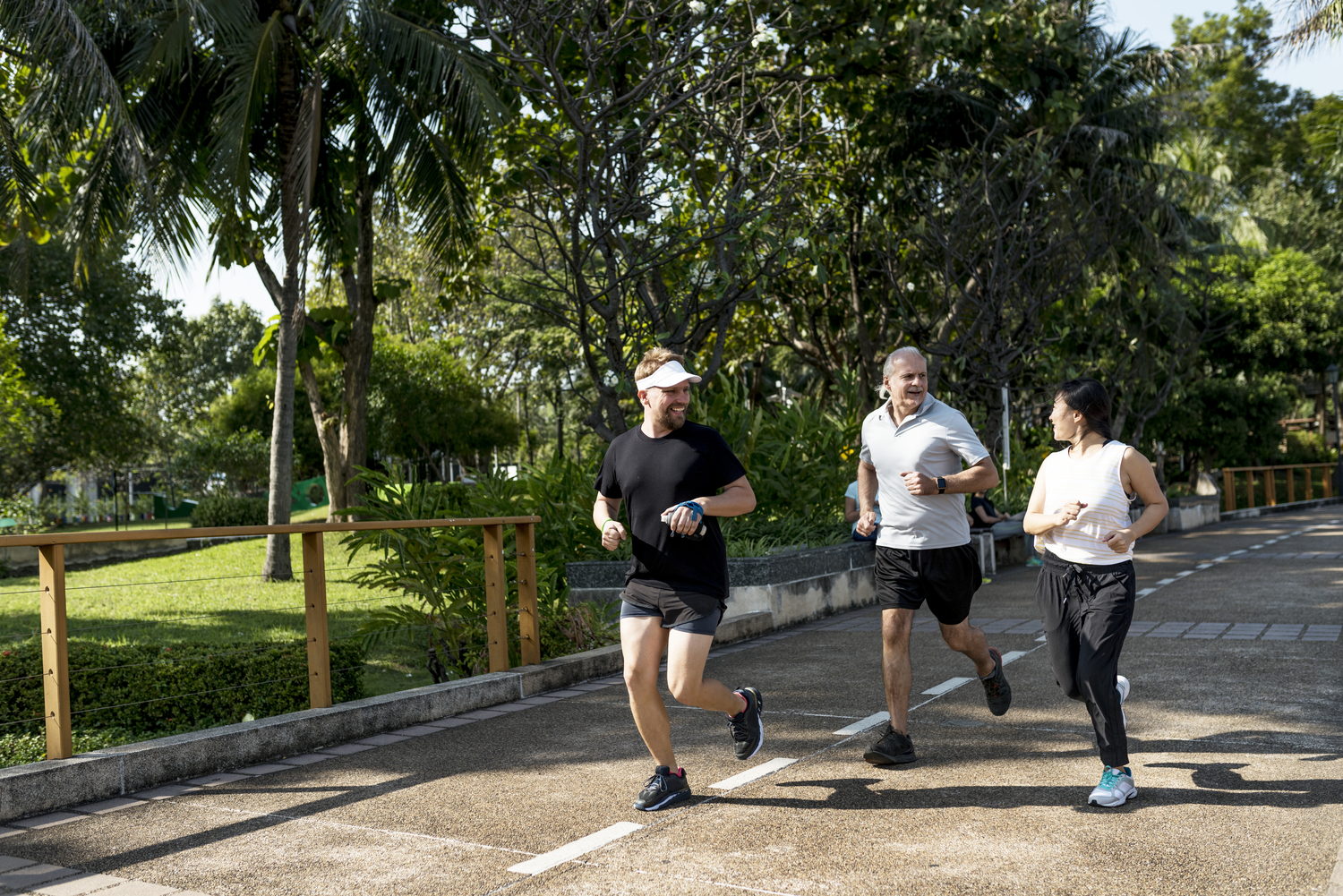
Exercise strengthens heart muscles, which allows it to pump more blood for every heartbeat. That means more oxygen will be going to the muscles with every heartbeat.
If you want to gauge your heart rate intensity, you should first figure out how your heart is beating when you are doing some exercise. Your maximum heart rate is the limit of what your cardiovascular muscles can handle when you engage in vigorous physical activity.
Here is a tip you can use when calculating your maximum heart rate. Subtract your age from 220. For instance, if you are 18 years old, you subtract 18 from 220 to get a maximum heart rate of 202. This is the number of times your heart should beat when you engage in a sport activity.
Once you know your maximum heart rate, you can now calculate your desired target heart rate zone. This is the level at which your heart is not being overworked when you are on your feet exercising.
According to the American Heart Association, you should have a target heart rate of 50% -70% of your maximum heart rate when you engage in moderate exercise. When doing vigorous exercise, you should have 70%-85% of you maximum heart rate.
If you are just starting to exercise to get into shape, you should aim for your minimum heart rate zone. You can gradually shift to your maximum heart rate zone if you are healthy and fit.
5 Ways a Heart Rate Monitor Can Optimize Your Training
The following are some ways in which a heart rate monitor can be helpful during a workout. When using a heart rate monitor during your activities, you can track how fast your heart beats and gain other helpful information.
1. Monitor How You Burn Fat
When you exercise, you are burning calories and using energy. As you monitor your heart rate, you can figure out the energy source you are using.
2. Adjust Your Energy Output

The higher your heart rate, it means you are burning more carbohydrates because your body cannot burn fat fast enough.
Using a heart rate monitor allows you to easily adjust your energy output to match your heart rate during a workout.
3. Know Your Limits
Mastering the art of endurance is crucial if you prefer HIIT workouts. When you put on a heart rate monitor, you can easily determine how far to go in a workout.
You can monitor and maintain your heart rate in any of the heart rate zones. For instance, if you go for low moderate-intensity workouts, you should target between 50-59% heart rate. You should aim at not getting to the red zone, which is 90-99% of the maximum heart rate zone.
4. Track Your Fitness
With a heart rate monitor, you can easily track your fitness progress. A heart rate monitor will store information from your previous workouts, which means you can easily track your progress over time.
You will know if you are on the way to meeting your monthly fitness goals.
5. Challenge Yourself
It is possible to gamify your workouts and make them more entertaining. That means you set a fitness goal and begin to compete against yourself. With a heart rate monitor, you can watch how your heart beats as you work out or push yourself beyond limits to burn more fats.
Also, you can choose to stay in a particular heart rate zone as long as you want.

